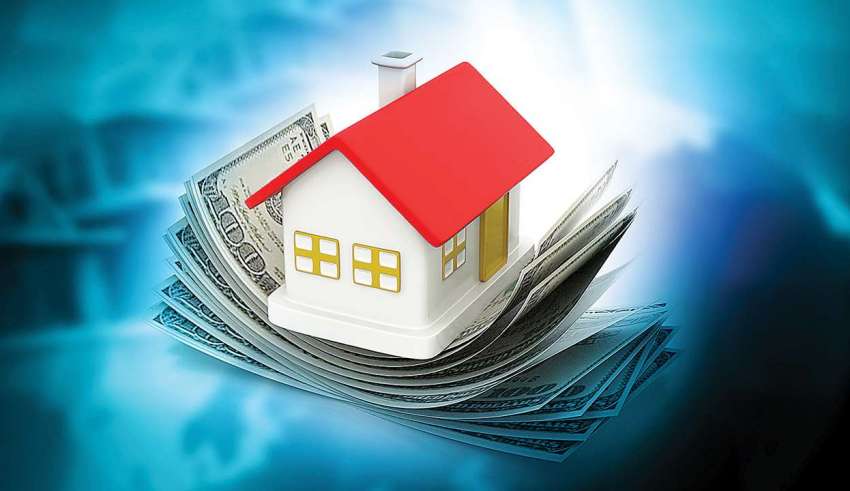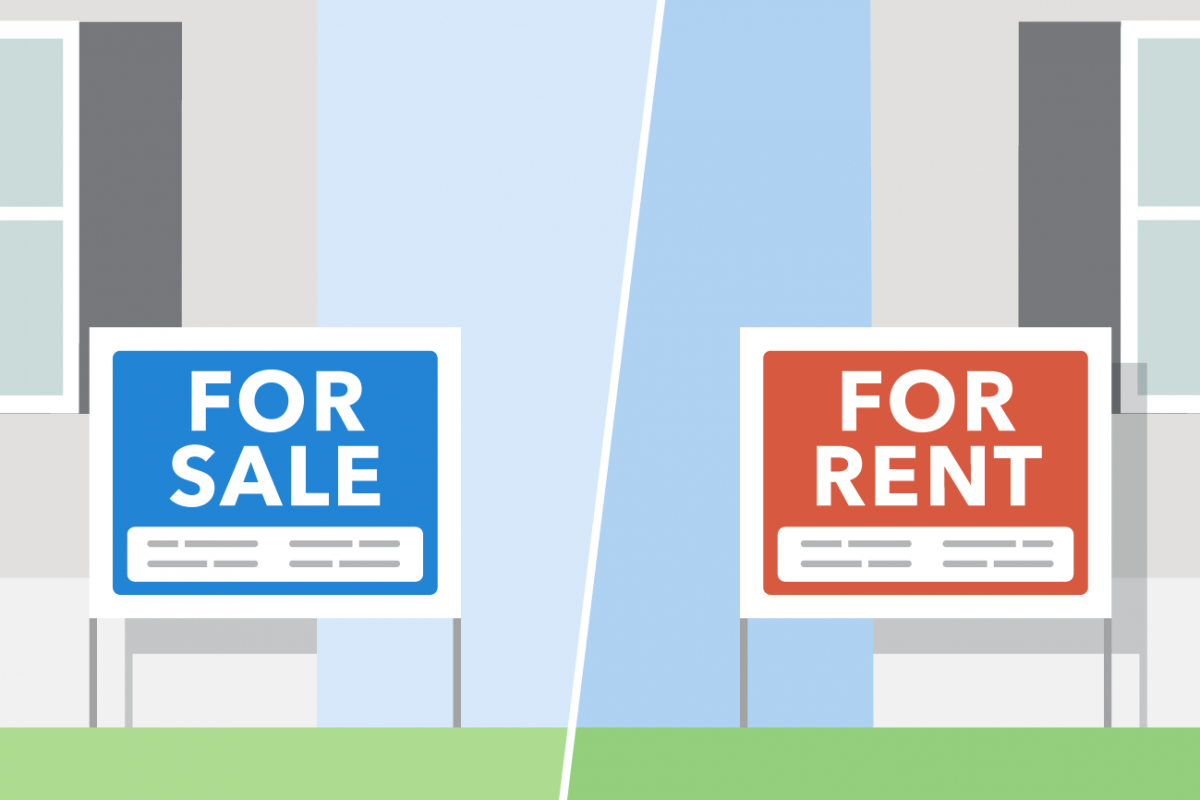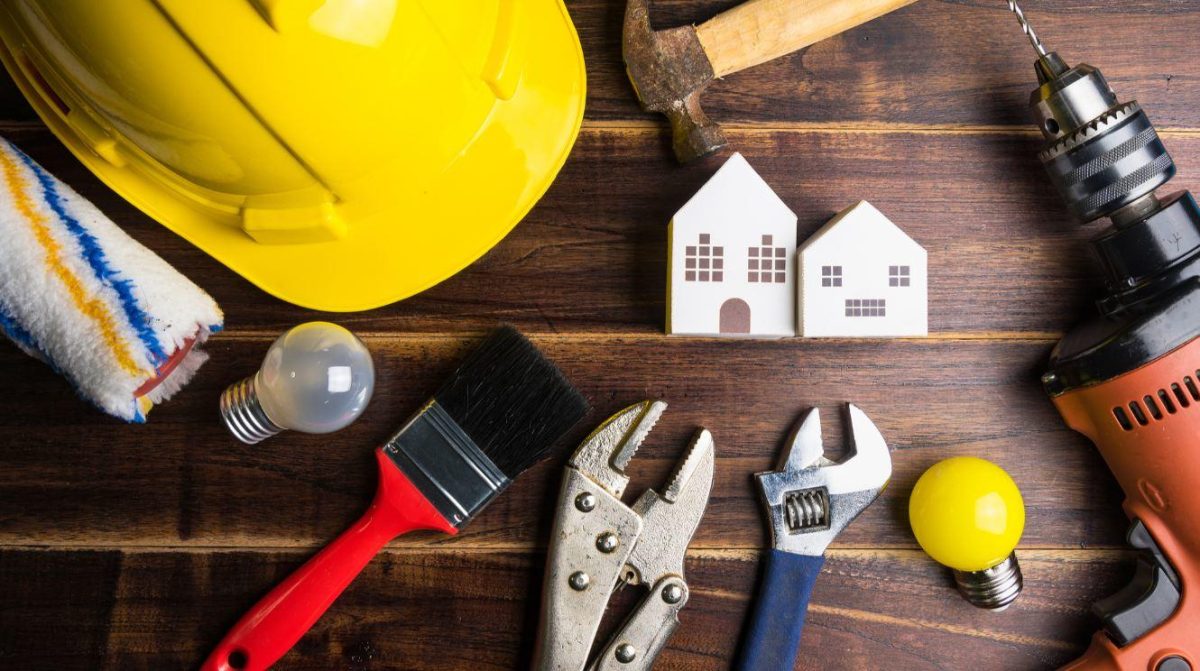9 ways to get the best return from your property investment!
Your Investment Property reveals 9 simple ways to get the best returns from your property investments
1. Good presentation is the key to maximising return on investment. A well presented property attracts interest and creates increased competition among prospective tenants, enhancing the prospects of a higher rental return.
2. First impressions are critical. A fresh, clean and cheery property arouses interest and creates the conditions for the best rent.

3. When a rental property becomes vacant it pays dividends to look at it through the eyes of a tenant and note anything that requires attention. Nothing turns prospective tenants off a property more quickly than scuffed or dirty paintwork, stained carpets or a door hanging by one hinge.
4. It is important to make sure appliances, electrical fittings and hot water services are safe and functioning efficiently. Dripping taps, broken doors, loose window locks and cracked glass must be repaired. The outside shouldnt be overlooked either, since thats what the prospective tenant sees first.
5. If improvements such as new carpets or painting are considered necessary, its preferable to use neutral colours that will fit with most peoples taste rather than bold fashion statements that may be off-putting to some would-be tenants.
6. It isnt necessary to spend thousands of dollars to make a rental property attractive. An internal laundry is a relatively simple and inexpensive improvement for landlords to make, and it can pay significant dividends in terms of higher rental revenue. It will make the property more appealing to prospective tenants.
7. Before spending a substantial amount of money on renovations, it is advisable to seek professional advice about the likely benefit, both in terms of increased rental and the propertys potential to provide greater capital growth in the future.
8. It also makes good sense to maintain properties in tip-top condition throughout a tenancy in order to retain good tenants. This will optimise the likelihood of success with rent reviews and lessen the chances of having to outlay large sums of money to bring the premises up to scratch when it is vacated.
9. Above all, investors need to be realistic about rents and understand exactly where their property fits into the marketplace. Just as vendors often have an inflated idea of the worth of their home, landlords can have unrealistic expectations that can sour the property investment experience for them.




